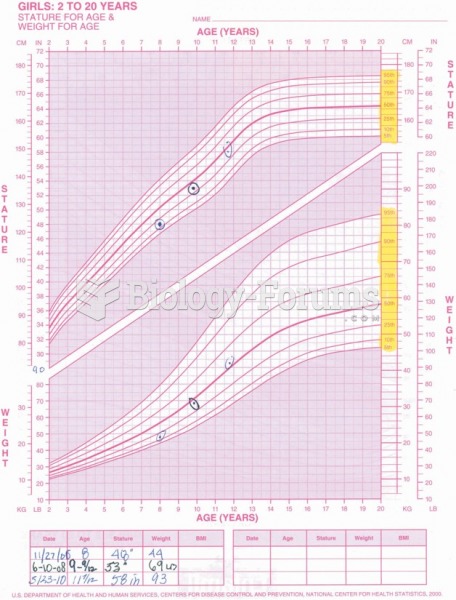|
|
|
Did you know?
For pediatric patients, intravenous fluids are the most commonly cited products involved in medication errors that are reported to the USP.
Did you know?
The FDA recognizes 118 routes of administration.
Did you know?
More than 4.4billion prescriptions were dispensed within the United States in 2016.
Did you know?
If you could remove all of your skin, it would weigh up to 5 pounds.
Did you know?
On average, the stomach produces 2 L of hydrochloric acid per day.







